
Snakes That Are Brown With Markings Like Diamonds. There are as many as 3,000 different species of snakes that are currently recognized. A multitude of colors and patterns exist. Some snakes look very similar and can be difficult to tell apart. Brown is a common color among snakes because it helps camouflage them against the ground. A pattern consisting of diamond-like shapes is also a common attribute of many snakes.
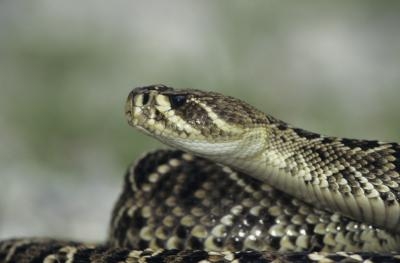
The eastern diamondback rattlesnake, Crotalus adamanteus, is the largest species of rattlesnake in the world, and is the largest venomous snake in the United States of America. Adults can grow up to 8 feet long, and may weigh over 10 lbs. as adults. The eastern diamondback rattlesnake is native to the southeastern states, including Florida, Georgia, Mississippi and Louisiana. Its diet consists mostly of rodents and rabbits. The eastern diamondback rattlesnake gives birth to live young, and may produce up to 24 offspring at a time.
The western diamondback rattlesnake, Crotalus atrox, is a venomous snake of the Viperidae family. They can reach lengths of over 7 feet, although they average 3 to 4 feet. The western diamondback rattlesnake is native to the United States of America and inhabits the states of Texas, Oklahoma and Arkansas. They are diurnal during the spring months, but become more active at night and early mornings as the temperature rises in the hotter months. The western diamondback rattlesnake shares a communal den with other snakes during the winter.
The diamondback water snake, Nerodia rhombifer, is a nonvenomous snake native to the United States of America. Its range includes the states of Kansas, Texas, Alabama and Tennessee. As its name suggests, the diamondback water snake prefers to stay in and around areas that contain water, such as ponds, lakes and rivers. Its diet is quite varied and includes worms, crayfish, frogs and small mammals. Female diamondback water snakes are generally larger than the males, and can reach over 5 feet in length.
The fer-de-lance, Bothrops asper, is a venomous viper native to Costa Rica. It is sometimes considered the most dangerous snake in Central America, and kills more people in Costa Rica than any other snake. The fer-de-lance is nocturnal and spends most of its time near the ground, camouflaged in the leaf litter. This species grows to lengths of up to 6 feet long as adults; females are generally a little larger than males. The fer-de-lance gives birth to live young. Babies are born with a yellow-tipped tail used to attract prey such as frogs and lizards.
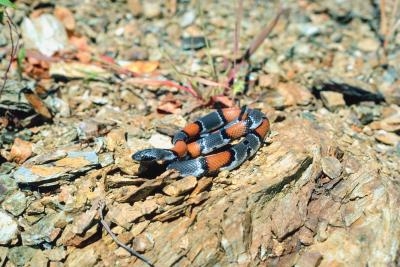 Mississippi King Snakes
Mississippi King Snakes
Mississippi Ki
Mississippi King Snakes
Mississippi King Snakes
Mississippi Ki
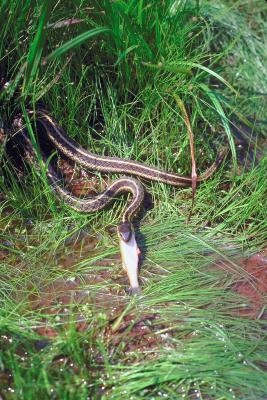 How to Hold a Wild Garter Snake
How to Hold a Wild Garter Snake
How to
How to Hold a Wild Garter Snake
How to Hold a Wild Garter Snake
How to
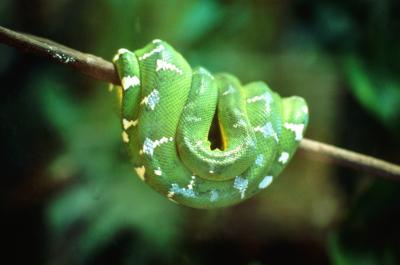 Green Snake Facts
Green Snake Facts
Green Snake Facts. O
Green Snake Facts
Green Snake Facts
Green Snake Facts. O
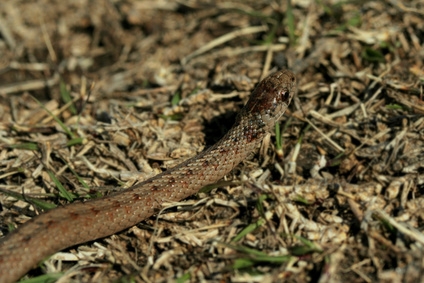 How to Build Garter Snake Habitats
How to Build Garter Snake Habitats
How
How to Build Garter Snake Habitats
How to Build Garter Snake Habitats
How
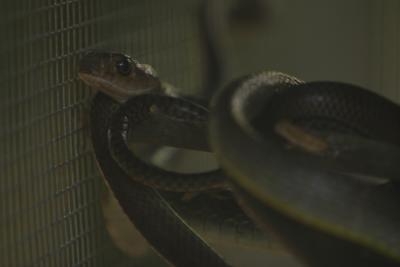 How to Catch a Cottonmouth Snake
How to Catch a Cottonmouth Snake
How t
How to Catch a Cottonmouth Snake
How to Catch a Cottonmouth Snake
How t
Copyright © 2005-2016 Pet Information All Rights Reserved
Contact us: www162date@outlook.com